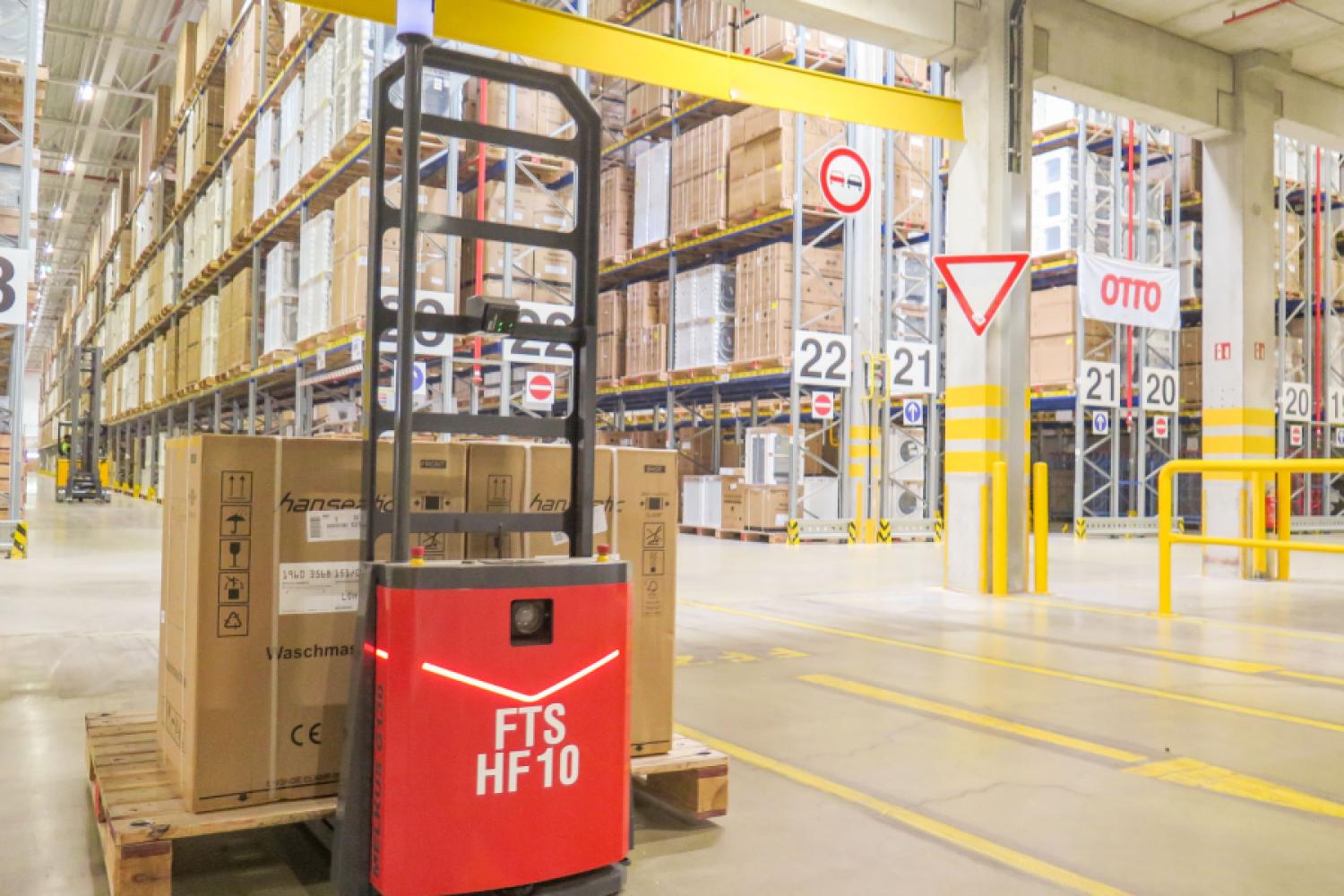Geopolitical tensions are burdening international trade, and the consequences are hitting German companies particularly hard. This is the result of a recent survey by the procurement platform Coupa: 77 percent of buyers in Germany are concerned about negative impacts on their business, significantly more than in the USA (52 percent), the United Kingdom (49 percent), or France (43 percent). According to Coupa, almost one in seven German companies (13 percent) expects a decline in sales between ten and 20 percent – more than twice as many as in the United Kingdom (six percent) and France (two percent). The survey in March and April included 400 buyers and suppliers from large companies with an annual turnover of more than 200 million euros, including 100 from Germany.
Operational Adjustments in Prices and Inventory Levels
Instead of withdrawing from international markets, German suppliers are focusing on a strategic and geographical
shift according to the survey: Only 17 percent want to prioritize the USA in future procurement – the lowest figure in international comparison with the United Kingdom (29 percent) and France (23 percent). At the same time, 38 percent remain committed to China, and 40 percent are already actively sourcing there. At the same time, European partner countries are becoming increasingly important: 23 percent plan new or intensified procurement relationships with the United Kingdom or France.
To withstand the enormous economic pressure, German companies, according to the Coupa survey, are relying on different strategies. Almost half (47 percent) of the companies plan to increase prices, and 45 percent rely on building inventories. In addition, almost a quarter (23 percent) plans to relocate parts of their procurement back to Germany or neighboring countries, with 22 percent opting for nearshoring and 23 percent for onshoring. There is a cautious
approach to price increases: 57 percent plan moderate price increases between five and ten percent, 31 percent calculate with increases of up to five percent, and 21 percent rely on increases between ten and 20 percent. No surveyed company plans price increases of more than 20 percent.
Realignment with Caution
Priorities are also changing on the demand side, according to the Coupa study. For 69 percent of German buyers, quality and reliability are more important today than price. Nevertheless, 57 percent continue to pay attention to competitive terms. Supply chain strategies are being adjusted accordingly: as with suppliers, 74 percent are relying on or preparing for nearshoring, and over half (57 percent) are investing in onshoring. Offshoring also remains relevant – 56 percent of companies are even planning to expand their global activities. This supports the need for a dual strategy, where both efficiency and resilience are
equally important. Diversification of offshoring locations, such as shifting from Canada to the USA or vice versa, is increasingly seen as crucial to benefit from market conditions and minimize potential risks. At the same time, uncertainty remains palpable: 59 percent of German buyers are considering withdrawing production or sourcing from Germany, probably due to rising production costs, regulatory challenges, and global competition.
“German companies are meeting the current uncertainty with adaptability. They are reducing their global dependencies without completely relinquishing the advantages of worldwide production. It is not about a general withdrawal from international markets, but rather a targeted readjustment of supply networks,” explains Salvatore Lombardo, Chief Product and Technology Officer at Coupa. “Our results also show a remarkable contradiction to the discussion about strengthening locations. It's less about enforcing ideological perspectives and more about weighing costs, availability, and strategic risk. Ultimately, supply chain decisions are becoming






